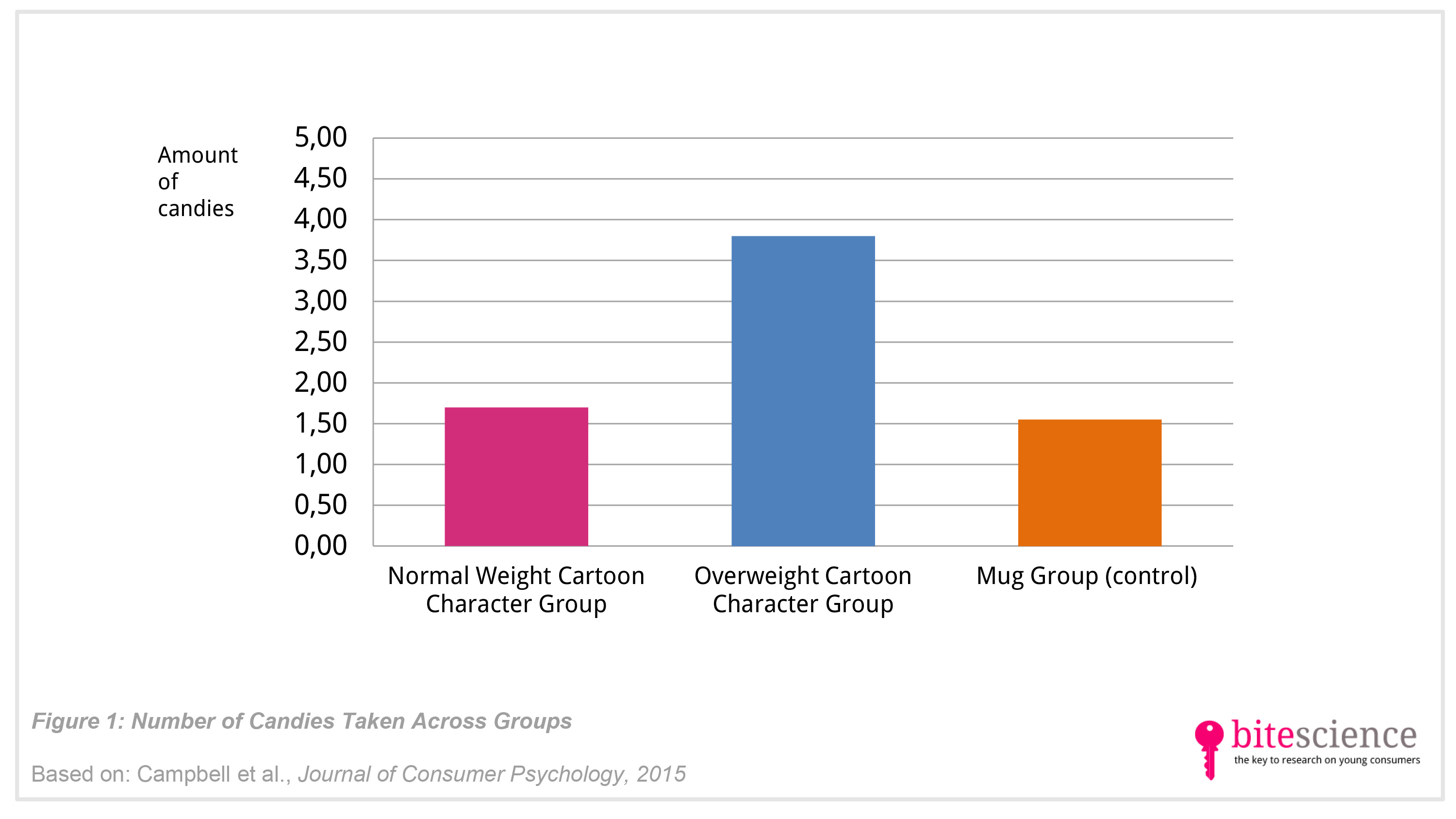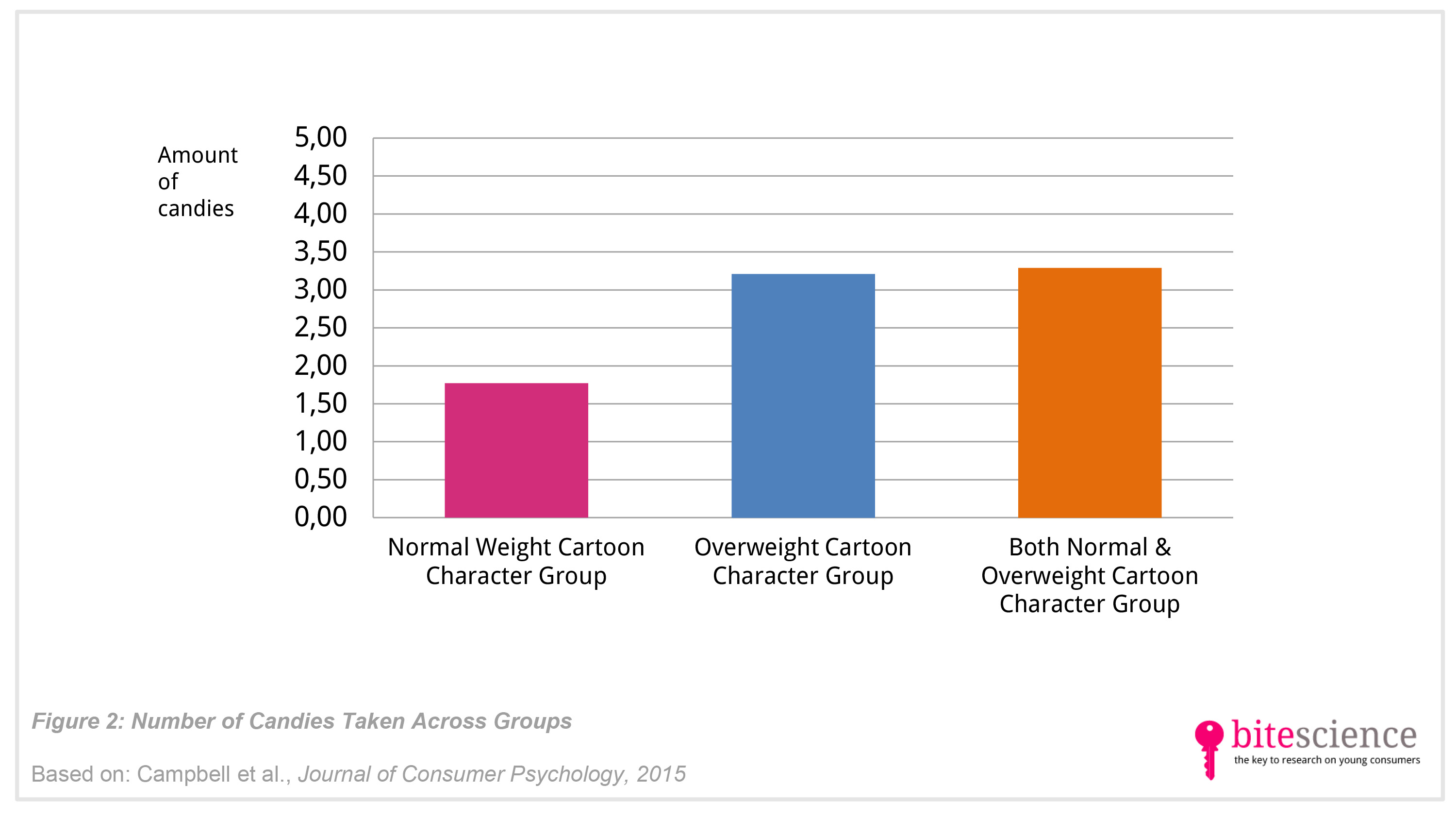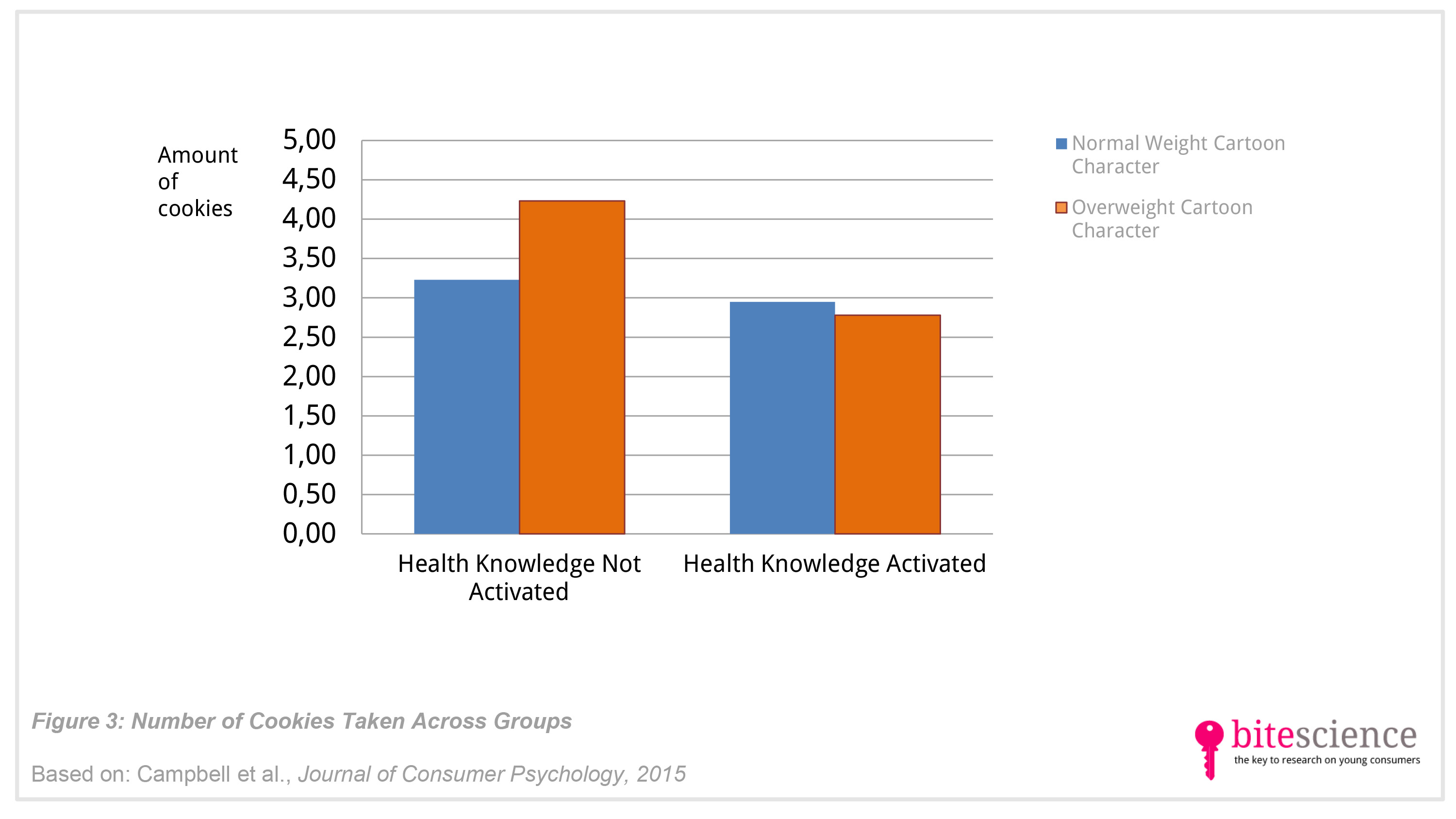
Overweight Cartoon Characters Make Children Eat More Unhealthy Snacks
The design of cartoon characters, in particular their body size, can influence children’s eating of unhealthy snacks, a study in the Journal of Consumer Psychology reveals. After seeing an overweight cartoon character, they eat more candy and cookies. Children’s knowledge about healthy foods can counter this so-called ‘priming’ effect, but only when that knowledge is triggered beforehand.
Take aways
- After seeing an overweight cartoon character, children are more likely to eat unhealthy snacks, such as candy and cookies.
- When children’s knowledge about (healthy) food is activated prior to exposure to an overweight cartoon character, children are not inclined to eat more unhealthy snacks.
- Asking children questions about their healthy choices is an example of how their health knowledge can be activated.
- Parents, educators, and healthcare professionals should be aware that cartoon characters in children’s media can prime unhealthy eating behavior.
- For intervention developers and people concerned with public policy, it’s good to know that children’s health knowledge must be activated in order to impact their food choices.
Study information
The question?
Does the body size of cartoon characters influence children’s unhealthy eating, and can children’s health knowledge mitigate this effect?
Who?
Study 1: 60 eighth-graders (mean age: 12 years old; 58% were boys)
Study 2: 74 sixth and seventh grade students (mean age: 11 years old; 55% were boys)
Study 3: 167 elementary school children (mean age: 8 years old; 51% were boys)Where?
United States
How?
Study 1: Children were shown either a color print of a normal weight cartoon character (a funny cat; an unfamiliar cartoon character), the same character overweight or a neutral control picture (of a mug). They then listed the first three thoughts that came to their mind when viewing the prints. Afterwards children were allowed to choose some candy (Hershey Kisses or Starburst candies). The number of candies taken was counted afterwards.
Study 2: The same procedure as in study 1 was followed, however in this study children were shown either a picture of a normal weight character, an overweight character or a normal and overweight character together.
Study 3: In this study it was tested whether children’s health knowledge can withhold them from eating unhealthy snacks. Children’s knowledge about healthy foods was either activated (by asking questions about healthy food choices prior to exposure to a cartoon character) or not activated by asking the questions after exposure to the character. After children were exposed to the cartoon character for 15 seconds (either an overweight or normal weight character), they received a bowl of eight cookies. The children were instructed to try at least one cookie.
Facts and findings
Study 1:
- Children who saw the overweight cartoon character took more than twice as many candies as those who saw either the control or the normal weight character (see Figure 1).
Study 2:
- Children who saw the overweight character, either alone or together with the normal weight character, took more candy as those who saw the normal weight character (see Figure 2).
- This implies that the so-called ‘priming effect’ of the picture of the overweight cartoon character on children’s unhealthy snacking behaviors persist, even when this character is accompanied by a normal weight character.
Study 3:
- When children’s health knowledge was not activated prior to exposure to the character, children ate more cookies when they saw the overweight character then when they saw the normal weight character.
- However, when children’s health knowledge was activated, they ate the same number of cookies regardless of whether they saw the overweight or the normal weight character (see Figure 3).
- This implies that activating children’s health knowledge is effective in limiting children’s unhealthy food choices.


